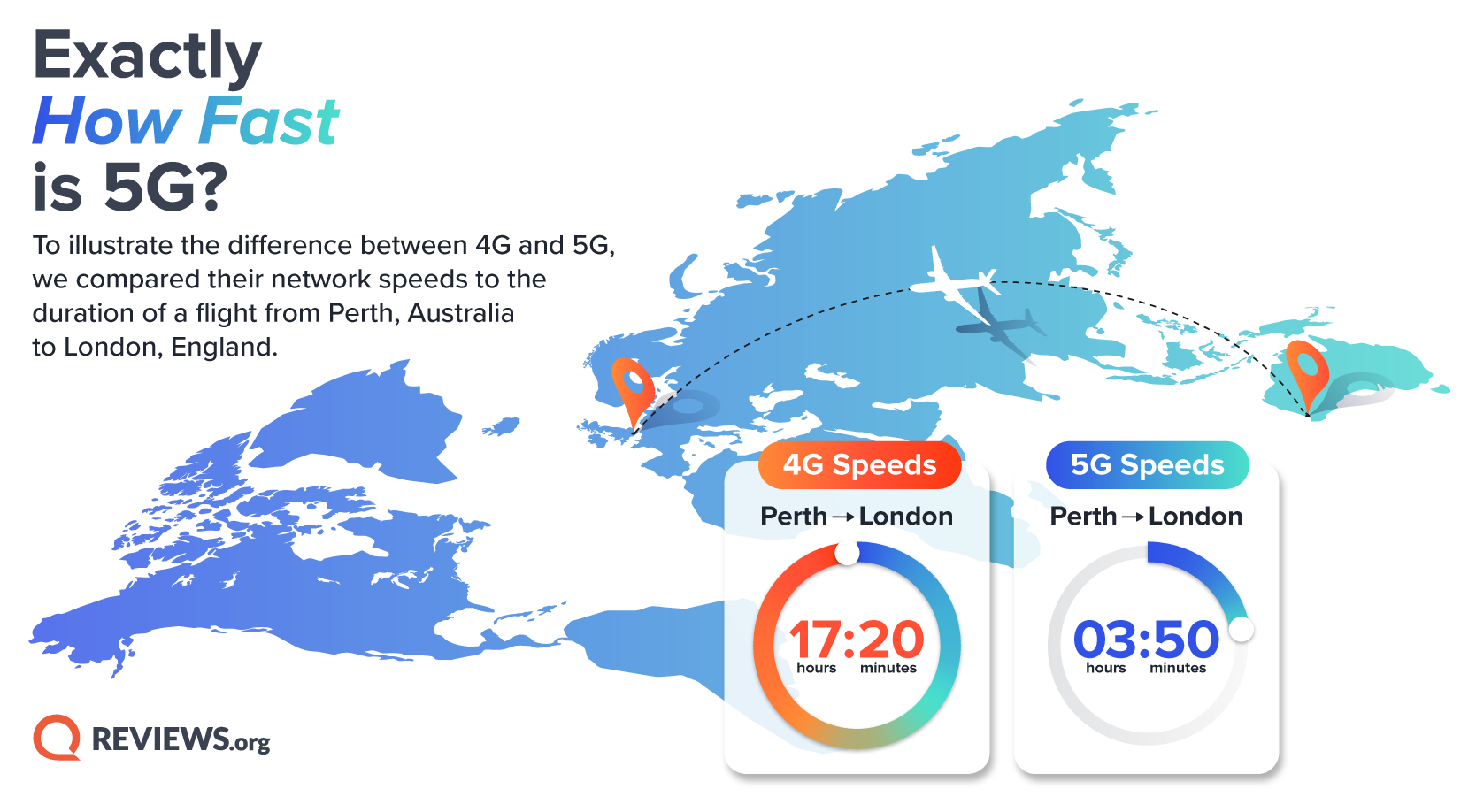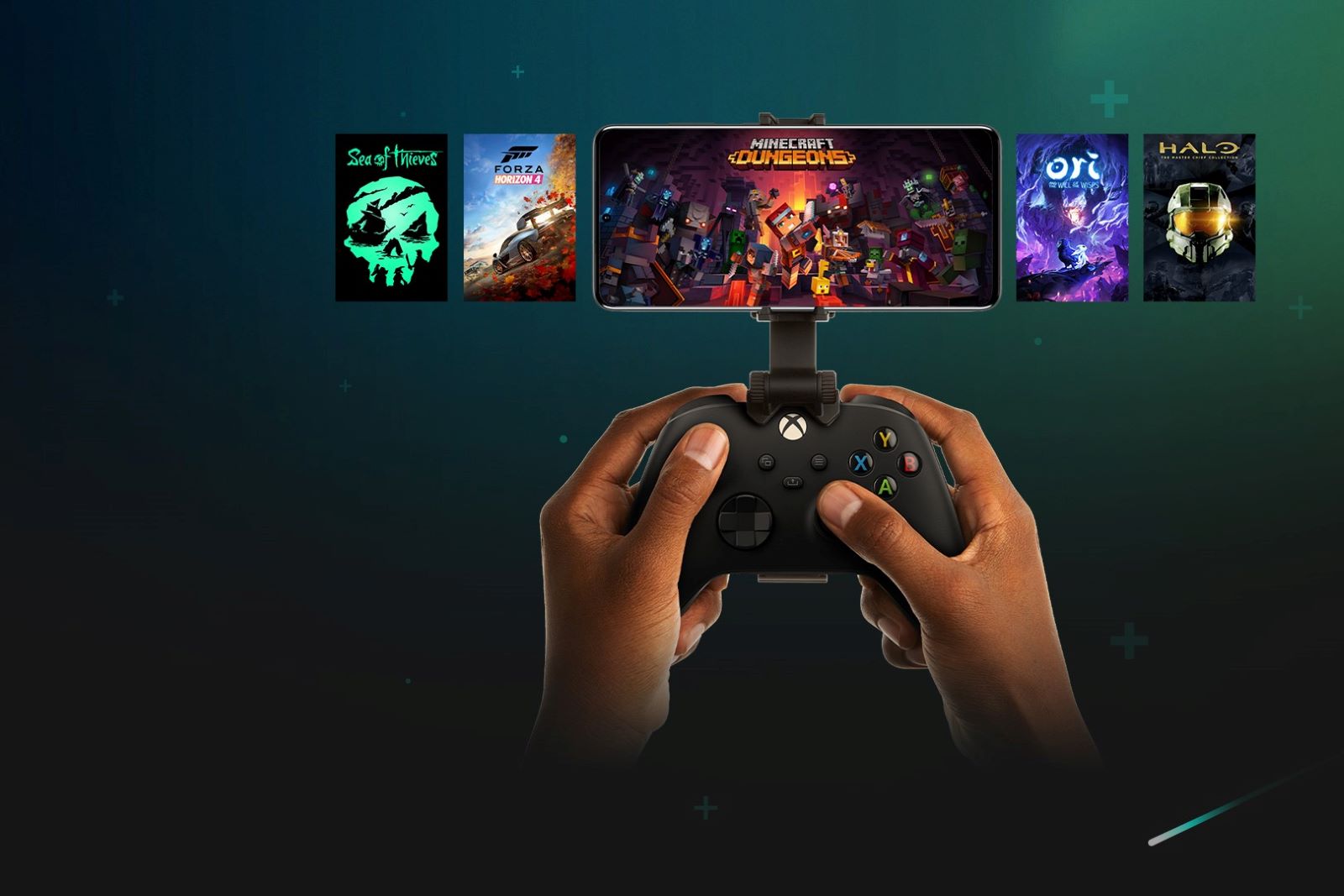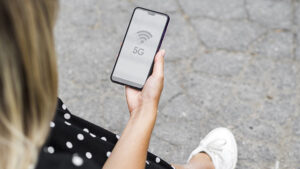Compare 5G and 4G speeds, coverage and plans.
5G vs 4G: What is the difference?
Ever since the Australian 5G rollout kicked off, there have been a lot of questions levelled at the new network technology. Some good, some very, very bad. One of the biggest questions Australians want answered is how different is 5G from 4G exactly? 4G mobile networks already deliver speeds up to 50Mbps which is more than enough to watch Netflix or make video calls, so what’s all the fuss?
It’s a fair question to ask about such a monumental, not to mention expensive, project but in reality, faster speeds are just one part of the 5G>4G equation. There are a few reasons why the upgrade to 5G will be better for Australians in the long run. Let’s take a look.
Plans and pricing: 5G vs 4G
Despite being a few years into the rollout, we're still technically in the early days of 5G in Australia. As the new hotness that telcos can sell you on, 5G can come at a higher cost than 4G in some cases. That's not to say all providers will charge you a premium for 5G; Telstra, Optus and Vodafone offer now offer 5G on all mobile plans. Many prepaid plans offer 5G access too.
But some of the cheapest providers and plans in Australia, such as Moose Mobile, don't offer 5G yet. This, in turn, makes the entry price for 5G a little higher than 4G. The cheapest 5G plan in WhistleOut's database at the time of writing is $29 per month, whereas the cheapest 4G mobile plan is $9 per month. To be fair, the $29 plan gets you 25GB of data on the Telstra 5G network, while the $9 plan gets you 6GB of data on the Optus 4G network. Still, the fact is 5G's starting price is more expensive at the time of writing.
Below you will find a short round-up of the cheapest 5G mobile and broadband plans and 4G mobile plans for comparison.
5G phone plans
5G broadband plans
4G phone plans
Download speeds: 5G vs 4G
5G is a lot faster than 4G. Different 5G and 4G technologies have different theoretical maximum speeds. We go into that more in our guide to 5G speeds but for now, let’s stick with the real-world results tracked by the network monitoring mob Open Signal.
According to Open Signal's most recent report, 5G download speeds (mobile) across all three Australian networks averaged 183.8Mbps in the first quarter of 2023. Heare are the 5G download speeds each network provider delivered on average:
- Optus: 229.6Mbps
- Telstra: 215Mbps
- Vodafone: 106.8Mbps
And here are the 4G download speeds each network provider delivered across the same period:
- Telstra: 59.6Mbps
- Optus: 55.7Mbps
- Vodafone: 47.8Mbps
That's an average of 54.4Mbps for 4G speeds in Australia. Using Opensignal's data, it appears 5G speeds were roughly 238% faster than 4G speeds in Q1 of 2023.
To be clear, these are just the average speeds experienced by the users that Opensignal has monitored. Even in its current state, 5G has the potential to be a lot faster. Our mates at WhistleOut did some boots-on-the-ground testing and managed to get over 1,000Mbps on the Telstra 5G network using a 5G iPhone in Epping.
To give you an idea of how much faster that is, we used flight durations in the graphic below to demonstrate how much time you could save by using a 5G connection.

Real-world uses for faster 5G
Okay, so 5G is fast. Like, really fast. But who cares? Whoop de doo. You can already manage most online activities on a trusty 4G signal, right? Absolutely. 4G is more than capable of FaceTiming, streaming Netflix and listening to Spotify, but streaming isn’t the same as downloading.
Over the past decade, digital sales of TV shows, movies and video games have grown exponentially. Meanwhile, technological advancements in those areas (like 4K and 8K resolution) have resulted in much larger file sizes. These days, certain video game files are frequently pushing 100GB and above. Not only that but video games, video game consoles and most internet-connected devices for that matter, require regular software updates ranging from a few MBs (megabytes) to a few GBs (gigabytes).
Download speeds can vary based on a variety of factors. Still, the difference between 4G and 5G could mean waiting a few hours for a game or series to download, and waiting a few minutes, seconds even.
Ultimately, 5G is about future-proofing Australia’s mobile network. Currently, Australia’s mobile and fixed-line internet speeds aren’t fast or stable enough to support emerging technologies like game streaming services. Services like Microsoft’s Xbox Cloud Gaming, where games are streamed live from data centres instead of downloaded to your system’s hard drive.
More futuristic applications, like self-driving cars, 5G healthcare technologies and automated agricultural solutions are still a pipedream, but a little closer to reality with the advancements in 5G technology.

Console quality games streamed to mobile devices is slowly becoming a reality with services like Xbox Cloud Gaming.
5G coverage vs 4G coverage
While 5G coverage still can’t be considered the standard in Australia, it’s come a hell of a long way in the last year.
Telstra is winning the 5G race in Australia, for coverage at least. At last estimate, Telstra 5G had made its way to 85% of Australians and the biggest 5G network gets bigger by the day.
Optus and Vodafone don't report official numbers on 5G coverage but Opensignal's 5G Availability and 5G Reach scores offer some interesting insights to how each network is progressing. Telstra comes in first for 5G reach, with Vodafone a close second, and Optus in third place. Whereas Vodafone leads the charge for 5G availability (e.g., able to service more customers by focusing efforts in densely populated areas.) Telstra is second for availability and Optus is third.
You can use the interactive 5G coverage map below to find out which provider services your area best.
5G struggles with indoor coverage
One important consideration about coverage is that all three networks only make claims about 5G outdoor coverage at this stage. That’s because the high-frequency spectrum that 5G uses, while great for download speeds, struggles to penetrate walls and obstacles as well as lower band frequencies. You could be enjoying red hot 5G speeds in your backyard while struggling to get a signal inside. It’s a big hurdle for 5G connections. Thankfully, most devices will revert to 4G when the signal isn’t strong enough but it might not bode well for activities like gaming, which are typically done inside.
If you are running a 5G home broadband connection and you’re struggling to get a good signal in your gaming room, we recommend shifting things around so you’re closer to a window. Some 5G modems, such as the Nokia 5G FastMile offered with Optus 5G Home, even point you towards the closest tower so you can place it in the optimal position.
5G latency vs 4G latency
When people discuss internet speeds, the focus is often squarely on download and upload speed but latency is another incredibly important metric to consider, especially for online services that are streamed in real-time (like video calls and online gaming). Latency is measured in milliseconds (ms) and is used to quantify the RTT (Round Trip Time) of your internet connection. It's essentially the amount of time it takes for your device to send and receive data.
In the simplest terms, latency measures the length of time between pressing a button and the response on the screen in front of you. For example, if you're playing an online shooter, latency is the amount of time between clicking to fire a gun and the character firing that gun on screen. You obviously want that delay to be as short as possible, infinitesimal - otherwise, you feel cheated.
The lower the latency, the smoother your experience will be.
Lower latency is part of the 5G promise but there isn’t any hard data on exactly how much better it is or will be for Australians.
The average latency for 4G can be anywhere between 30 and 50ms while 5G averages hover around 21ms, sometimes lower. Referring once again to WhistleOut’s 5G speed test report, the team found in their tests that, on average, Telstra 5G tests yielded a 15.67ms latency, Optus 5G averaged 15.26ms and Vodafone a little higher at 21.09ms. That’s 17.34ms on average. Those are impressive results, comparatively.
Anecdotally, a quick speed test on my 4G Optus mobile connection managed to clock 28ms latency. Which, again, ain’t bad for a mobile connection.
The early results show promise for a low-latency 5G future but there’s still a ways to go before 5G becomes a suitable replacement for fixed-line broadband connections. In the most recent broadband speed test report, the ACCC recorded an average latency of 11.52ms from the 11 NBN providers it tracks.
Conclusion
It feels like yesterday when Australia's onion-fuelled Prime Minister told a bunch of broadband-hangry Australians that "25Mbps is going to be more than enough for the average household" during an NBN policy announcement.
That was way back in 2013 and even then it was a gross underestimation of Australia's broadband needs. But here we are in 2023, and 25Mbps is still the maximum potential speed for a lot of Australians on Fibre-to-the-node (FTTN).
The point is, what's considered fast or even serviceable today will likely be considered slow another ten years down the track. 5G might not seem like a necessary upgrade now but its rollout will ensure Australians won't be left in the dust as new technologies demand faster and more reliable internet connections.
The results from the tests above speak for themselves. 5G is a much faster and more reliable mobile technology than 4G that has practical uses inside and outside of the home.
Does that mean you should rush out and buy a 5G-compatible phone or sign-up for a 5G mobile plan? No. Not yet at least. But you could certainly make the case for someone to switch from a poor NBN connection to a more flexible 5G solution.
Related Articles





